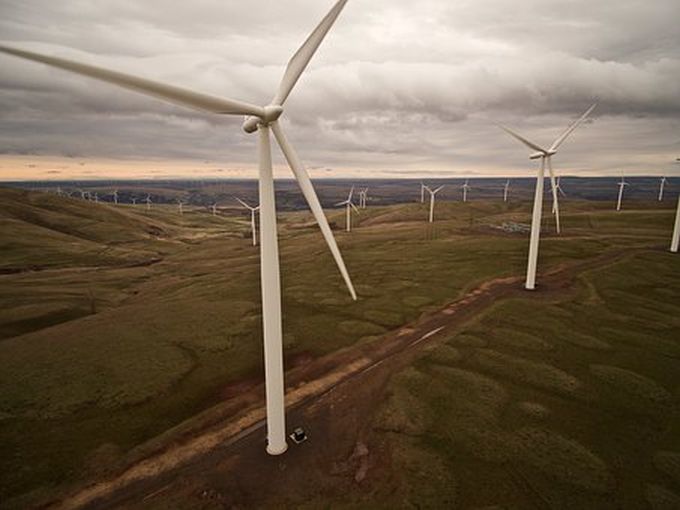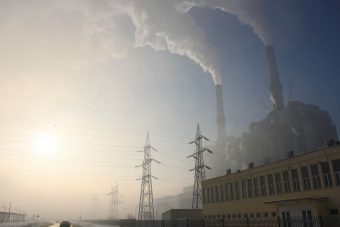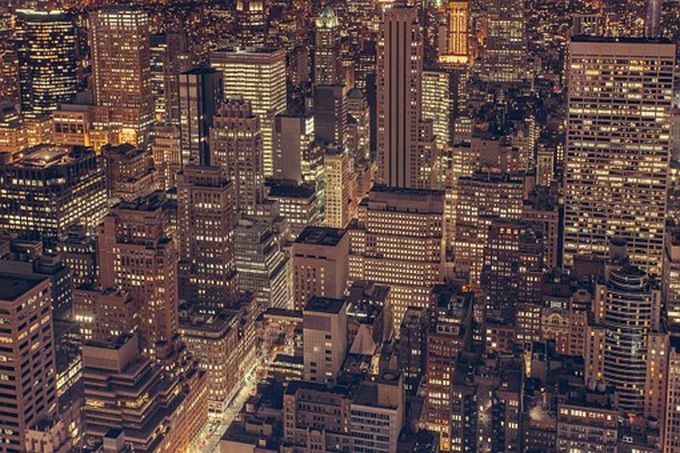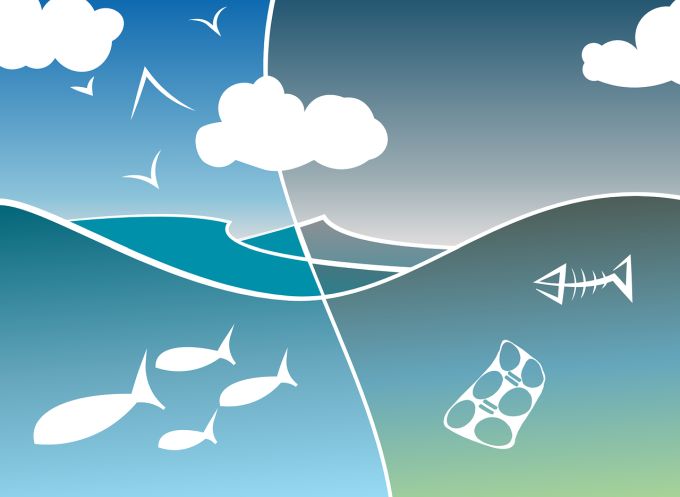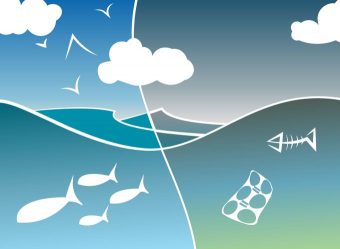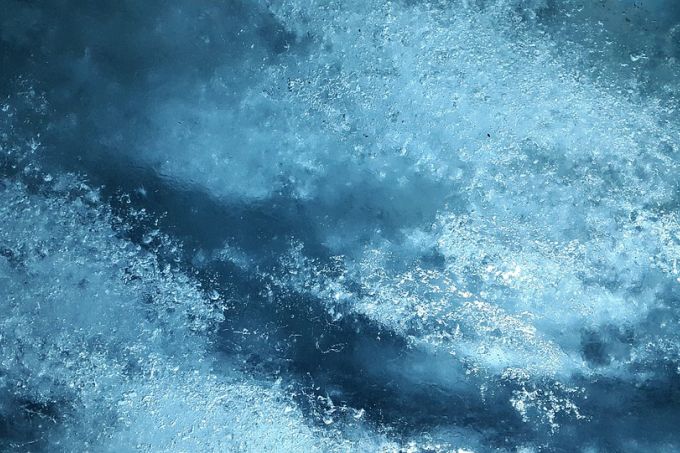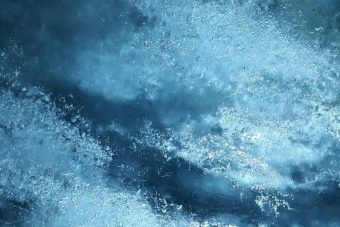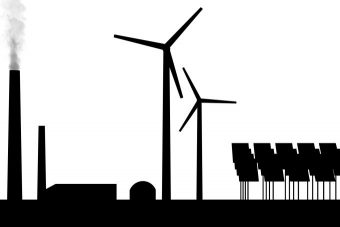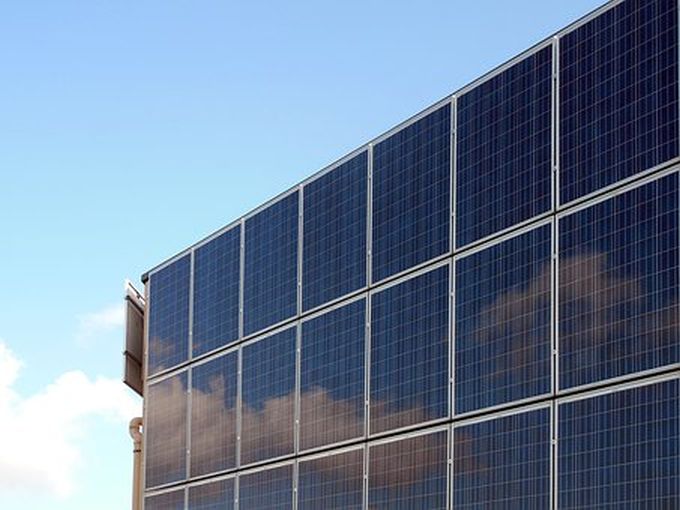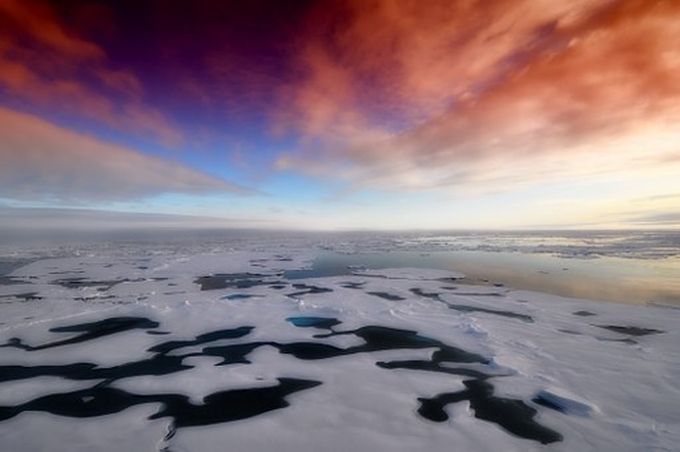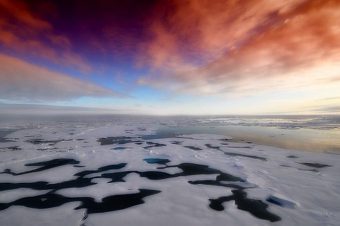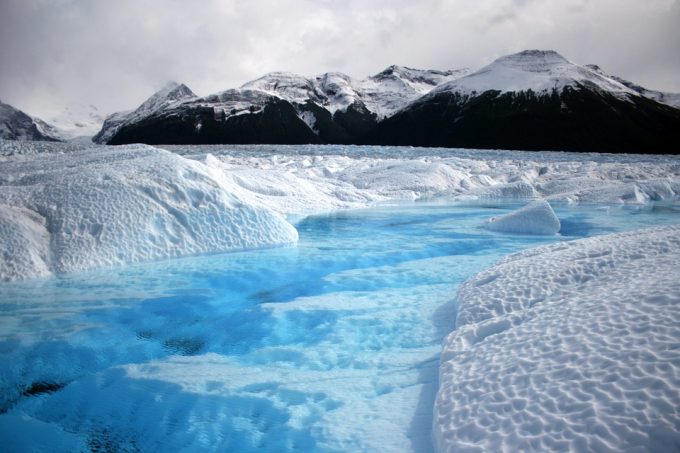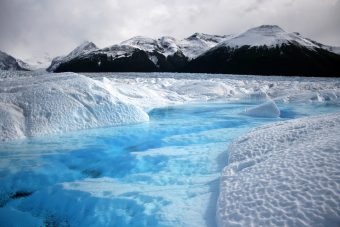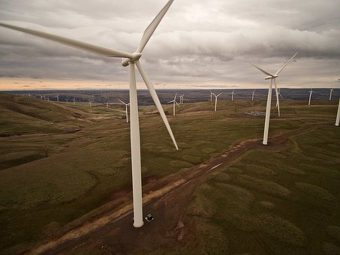
The 226 megawatt (MW) Murra Warra Wind Farm Stage One has announced financial close this week after securing investments from developer Renewable Energy Systems and banking giant Macquarie Group, which will allow construction to commence immediately.
Renewable Energy Systems (RES), the world’s largest independent renewable energy company, boasting a portfolio of 13 gigawatts (GW) around the world, announced on Wednesday that the 226 MW Murra Warra Wind Far Stage One in Australia had reached financial close thanks to equity capital commitments from both RES and Australian banking giant Macquarie Group, as well as debt financing from a global consortium of banks.
The Murra Warra Wind Farm Stage One is located in North Western Victoria, 25km north of Horsham, and will consist of 61 turbines. Stage Two will add 55 turbines and push up the total nameplate capacity of the project to 429 MW upon completion. Construction will also provide 150 jobs for regional Victoria, and upon completion in mid-2019, it is expected the project will generate permanent jobs for maintenance and monitoring.
“The Murra Warra Wind Farm is a world class project which once constructed will be one of the highest performing wind farms in the southern hemisphere,” said Matt Rebbeck, Chief Executive Officer of RES Australia. “We are proud to be making this important contribution to the regional Victorian economy. We have developed a strong relationship with the local community and look forward to continuing to engage with community stakeholders as we enter into the construction phase for Stage One.”
Australia’s onshore wind energy industry is still in its relative infancy, but there is increasing demand for and interest in these large-scale wind projects across the country. RenewEconomy’s Giles Parkinson also believes that the December-announced Power Purchase Agreement (PPA) is in line with the impressive sub-$55 megawatt-per-hour (MWh) PPA signed between Origin Energy and the 530 MW Stockyard Hill Wind Farm in early 2017.
This is also a strong move for Macquarie Group as it casts its gaze on the Australian renewable energy market. So far, Macquarie Capital — Macquarie Group’s corporate advisory, equity, debt, and private capital markets businesses — has invested approximately AUD$2.5 billion in onshore renewable energy projects since 2011, and in 2017 was ranked the number one global renewable project finance financial adviser.
Macquarie Group also most recently made headlines for acquiring the UK’s Green Investment Bank (GIB) in a deal worth £2.3 billion. The deal has also recently raised concerns that the UK Government did not secure strong enough commitments from Macquarie to continue the GIB’s green financing future. Just this week the UK’s Public Accounts Committee (PAC) of MPs slammed the move, accusing the UK Treasury of “economic vandalism.”
“Murra Warra Wind Farm is a strong example of project developers with complementary expertise partnering together to deliver important greenfield energy projects that increase and diversify the supply of electricity,” added Chris Voyce, Macquarie Capital’s ANZ Co-head of Infrastructure, Utilities and Renewables.
“Achieving financial close means Stage One of Murra Warra is now fully funded, and with the PPAs signed in late 2017, there are guaranteed customers for the clean energy that will be generated. This demonstrates a market for clean electricity in Australia, and has given the local community certainty over the economic benefits of the project.”
Source: cleantechnica.com

